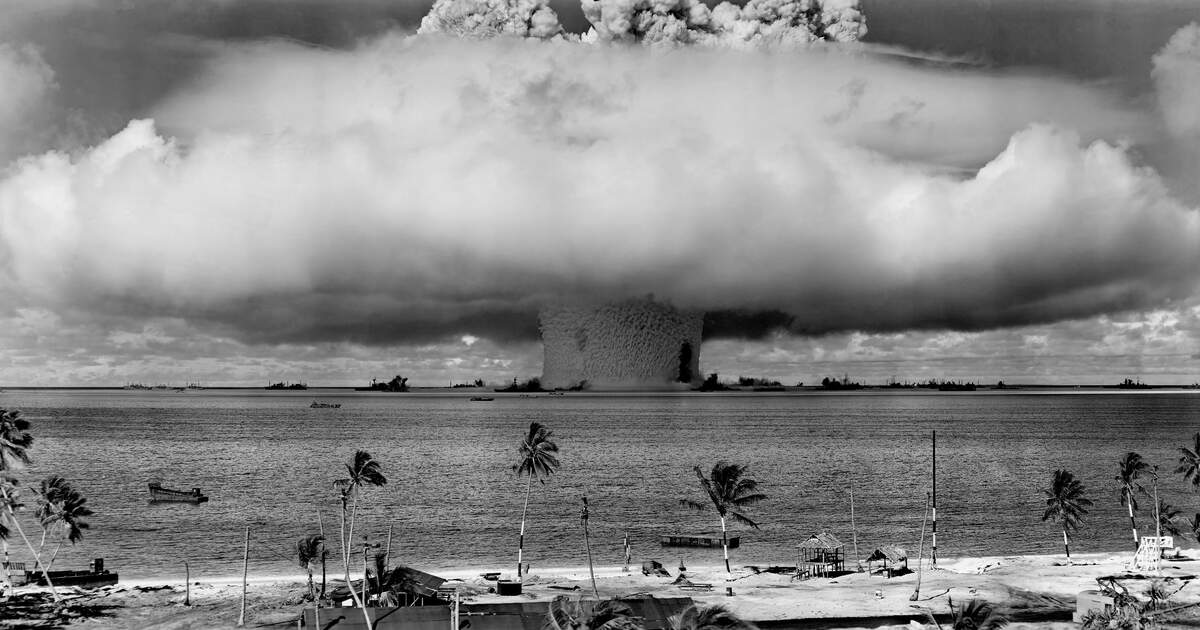

International Day Against Nuclear Tests
Observed
annually on August 29th (since 2010)
Dates
Founded by
United Nations General Assembly (UNGA) on December 2nd, 2009
Hashtags
Sources
The International Day Against Nuclear Tests was declared by the United Nations General Assembly on December 2, 2009, with the adoption of resolution 64/35. The resolution called for the day to be held on August 29, and it first took place the following year. Kazakhstan had initiated the resolution, and August 29 was chosen as the date because the Semipalatinsk Nuclear Test Site closed on that day in 1991. The Semipalatinsk test site had been the foremost Soviet nuclear testing site, and it had been located in Kazakhstan. The day is seen as an opportunity to urge countries to sign and ratify the 1996 Comprehensive Nuclear Test Ban Treaty. The United States has signed the treaty, but has not ratified it. In order for the treaty to enter into force, the United States and seven other countries must ratify it. Proponents and opponents of the ban have argued various reasons why the ban would be a good or bad idea. The goal of the day is to do away with nuclear tests, with the belief that this is a step towards a world free of nuclear weapons.
How to Observe International Day Against Nuclear Tests
Since its inception, the day has been observed with "symposia, conferences, exhibits, competitions, publications, lectures in academic institutions, media broadcasts and other initiatives." This is a day to reflect on the danger testing has had on humans and animals, and a day to join together to work to stop testing. It is also a time to look back on the progress that has been made to do away with nuclear weapons. The day could be spent reading more about the history of nuclear testing, talking to your friends about nuclear testing, raising awareness online about testing, and writing your representatives your views on the Comprehensive Nuclear Test Ban Treaty. You could also check to see if events related to the day are taking place in your area.





















